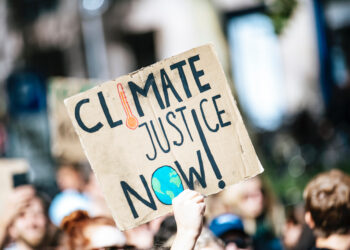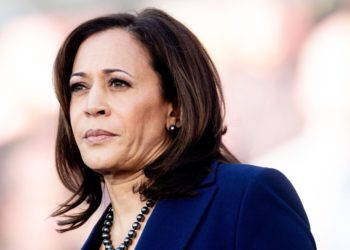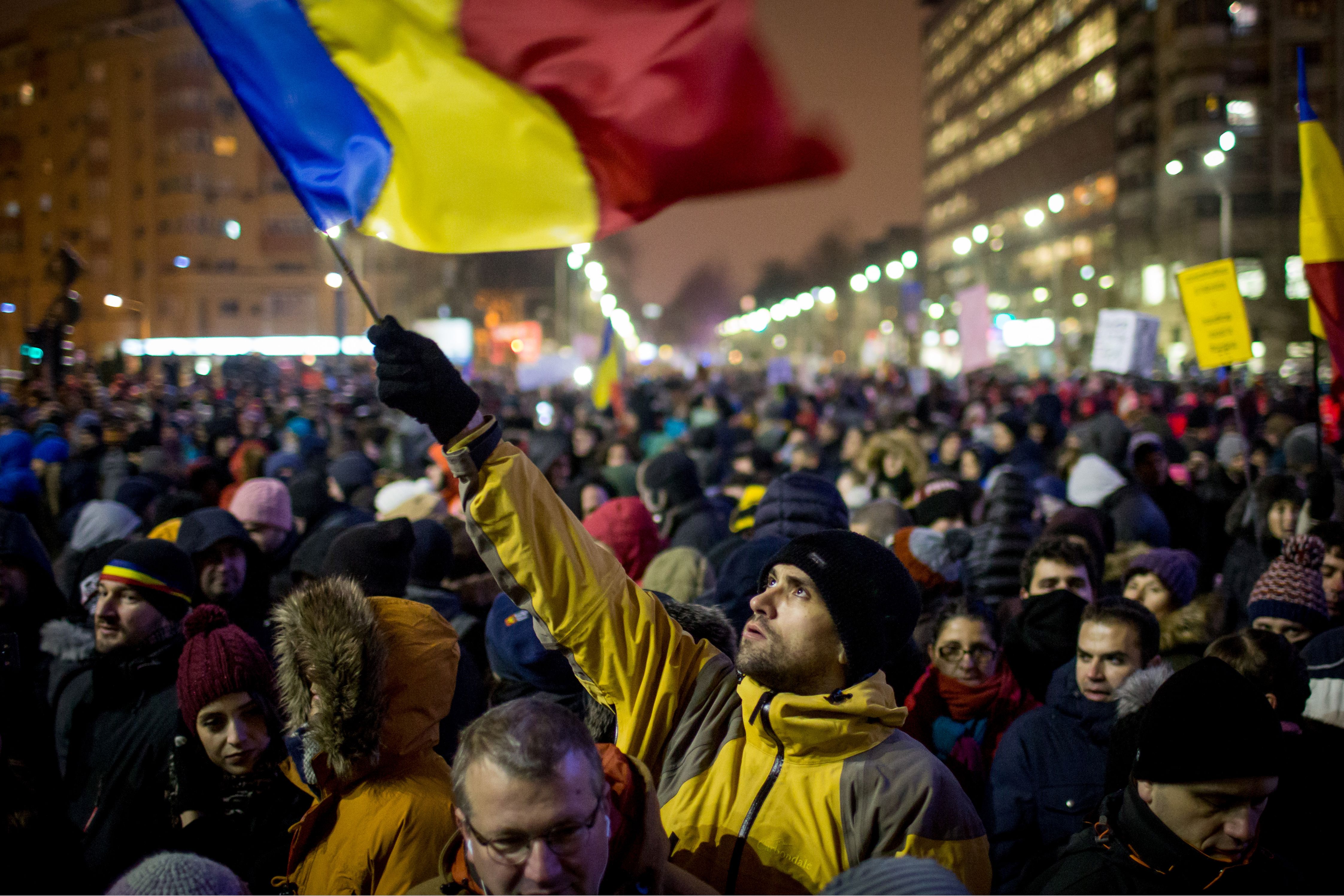Despite widespread outcry about gun violence, the list of deadly U.S. mass shootings continues to grow, adding to a widespread public feeling of uncertainty and concerns about safety. After the last tragedies in El Paso, Texas, and in Dayton, Ohio, where collectively 31 people died at the hands of gunmen, businesses are trying to capitalize on the public’s anxiety, offering them a chance to feel more protected.
Bulletproof backpacks are the latest idea to attract customers who are looking for a means of self-protection, offered for both adults and children. As the new school year kicks off in the U.S., the business seems to be profitable: according to a recent report, the companies that are producing these backpacks saw their sales surge 200 to 300 percent in the wake of August’s mass shootings.
Out of all the shooting tragedies that took place in the United States in the past 50 years, the one in Sandy Hook Elementary in Newton, Connecticut, may still be the most infamous.
“We started selling backpacks in 2013 after the mass shooting at the Sandy Hook Elementary School in 2012. We were getting a lot of requests for protection against potential active shooters at that time and that is why and how we started,” Yasir Sheikh, CEO at Guard Dog Security, a “tactical self-defense brand,” told The Globe Post.
Based in Florida, the company was already selling self-defense and security products, including stun guns, pepper sprays and batons. Backpacks were originally designed for adults and travelers. But today, they are becoming a must-have item for students. Described as light, resistant and affordable, the bulletproof backpacks sell for $119.99 – 299.99 dollars. According to Sheikh, online searches for his company’s products are primarily coming from large metropolitan areas, where most sales are made.
“As long as there’ll be a problem, there’ll be an increase [in sales],” said Sheik, “but I don’t think a backpack should be the first thing to start a conversation on what to do in an active shooting situation,” he explained.
Businessman, parents, and teachers have to start talking to their kids about their safety at school because of possible shootings, no matter what backpack they wear.
Companies that operate in the field usually choose captivating slogans: “Prepare. Protect. Prevent,” reads one, “Every year, there are hundreds of active shootings. We want you to survive the next,” reads another from Leatherback Gear.
Leatherback Gear was started by two brothers who worked in law enforcement. One of them has been in an active shooter situation and was able to resolve it prior to anyone being killed.
“They spent several years talking about the shooting he was in and the problem that everyday people face during an active shooting crisis,” Steve Bizal, President of Leatherback Gear, told The Globe Post about the founders.
During the summer of 2016, a shooting broke out at the University of California, Los Angeles. While watching the news, one of the founders realized that every student exiting the buildings during the police evacuation, was wearing a backpack.
“That’s when it hit him, provide people with a personal reactionary tool hidden within something that they already use, a backpack,” Bizal said.
As a direct result of the recent shootings, the sales increased for Leatherback Gear too. Their backpacks sell for $329.99 and have a separation zipper that transforms the backpack into a protective vest covering both the front and the back.
“To fill the gap of when an individual is caught within one of the worst situations a human being can be found by offering a personal reactionary device (hidden in an everyday item called a backpack) to defend yourself until help arrives to take on the threat,” Bizal said.
The U.S. has the highest number of gun deaths among developed countries. According to the 2018 Small Arms Survey, there were 120.5 guns per 100 residents of the country. It is followed by Yemen with 52.8 guns, and Finland with 32.4 guns.
So far in 2019, 278 people have been killed and 1,073 wounded in 259 U.S. mass shootings, defined as an incident in which three or more people are shot, not including the gunman. Since 2013, there has been only one full calendar week — the week of January 5, 2014 — without a mass shooting. The longest respite was 11 days between January 8, 2013, and January 18, 2013, when no mass shootings were reported, according to the Gun Violence Archive.






















